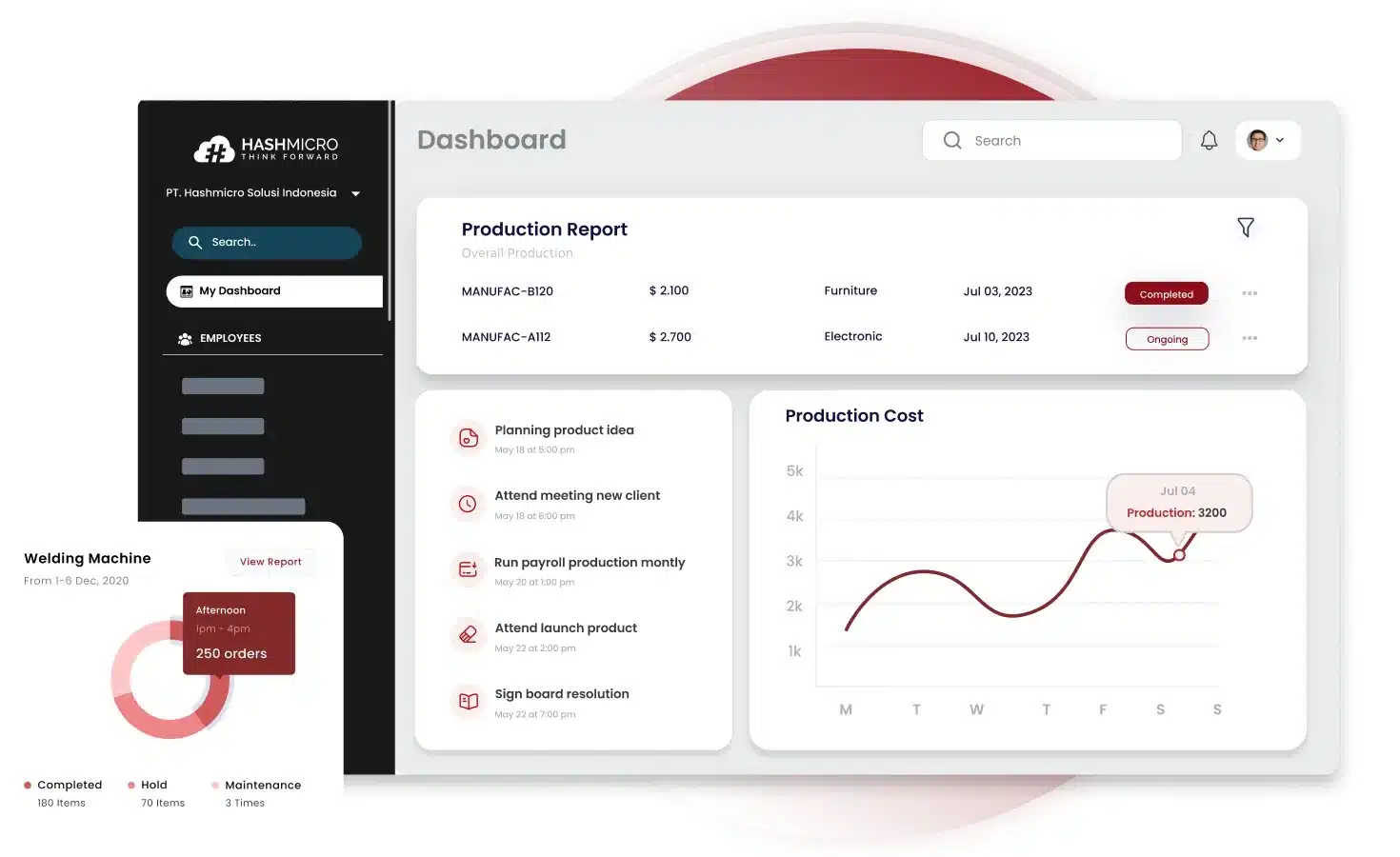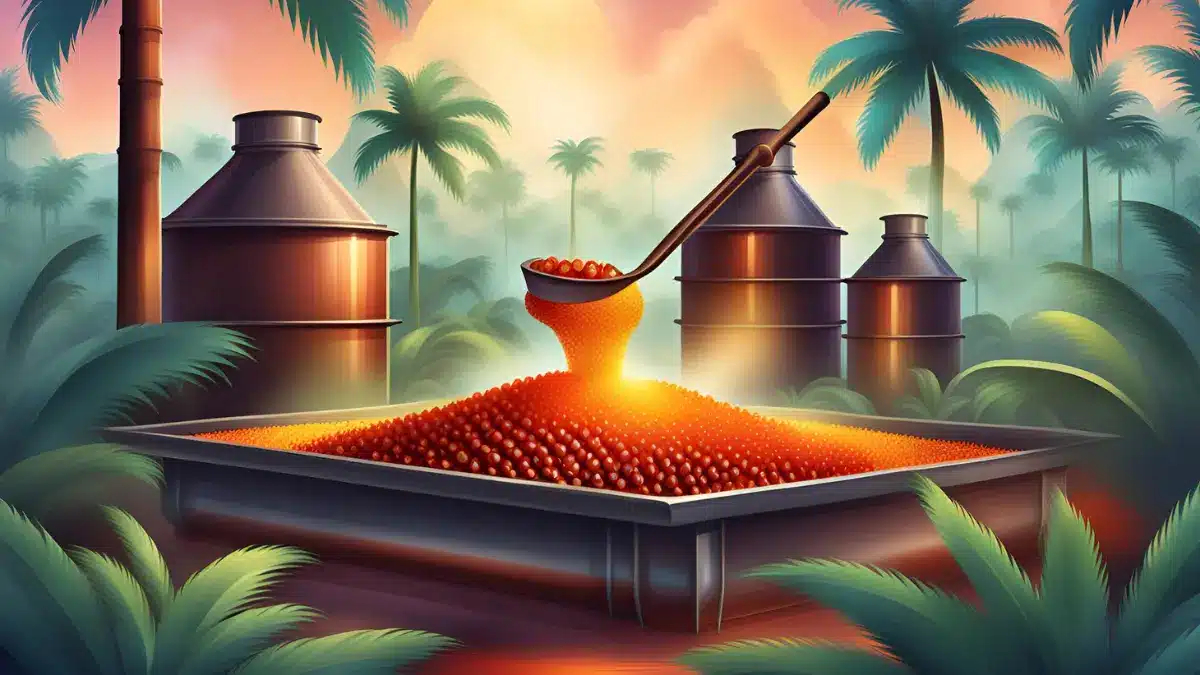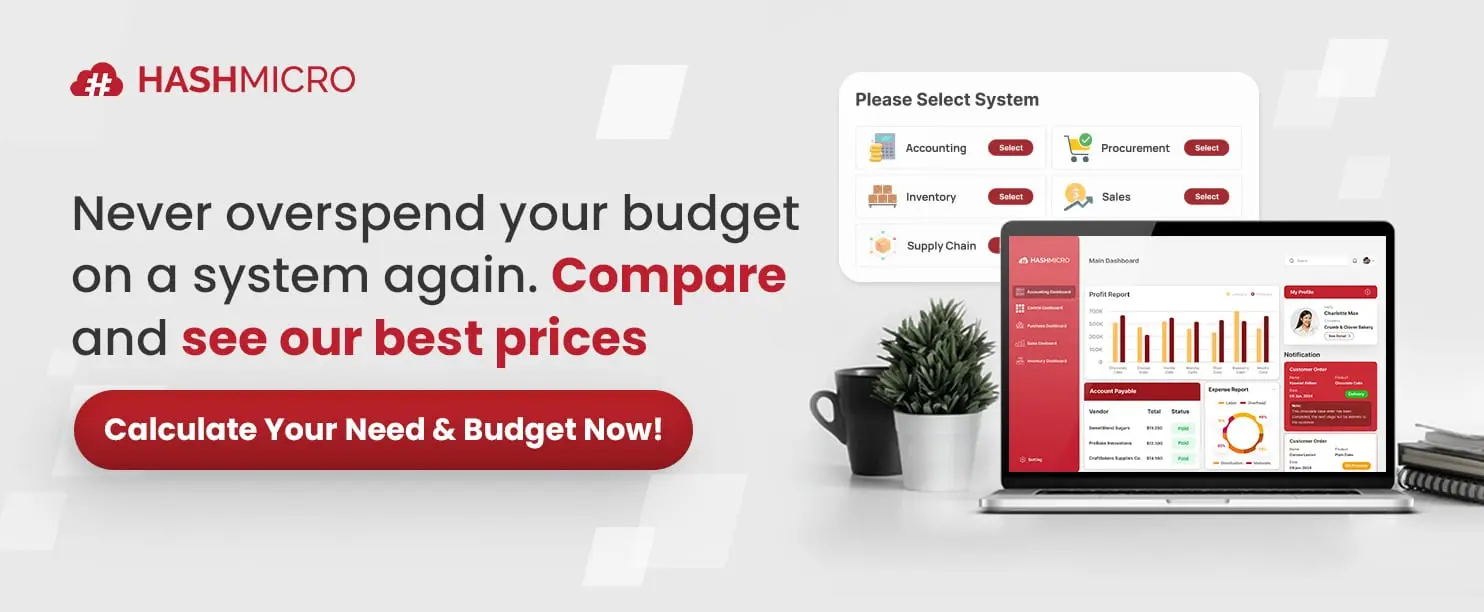Crude Palm Oil (CPO) is the raw oil extracted from the pulp of oil palm fruit, which is mostly found in tropical areas. It contains important nutrients like carotenoids and fatty acids and is widely used in industries such as food, cosmetics, and biofuels worldwide.
Manufacturing software plays a crucial role in enhancing the efficiency of CPO processing by automating and optimizing production workflows. It provides real-time data tracking, improves quality control, and streamlines operations, helping companies meet growing industry demands.
In this article, we explore what crude palm oil is, its benefits, and the stages involved in its processing. You will also learn how modern manufacturing software enhances production efficiency and overall performance. If you want to see how such a system works in practice, you can request a free demo to explore its capabilities.
Key Takeaways
|
What is Crude Palm Oil (CPO)?
Crude Palm Oil (CPO) is the unrefined oil extracted from the fruit of oil palm trees grown in tropical regions. It is rich in nutrients like carotenoids, giving it a reddish color, and fatty acids, which are widely used in industries such as food production, cosmetics, and biofuels across the globe.
Producers extract and press the fruit to release crude palm oil (CPO), which they refine for various applications. As a crucial global commodity, CPO supports industries and economies, particularly in regions where palm oil plantations play a significant role in agricultural production.
Benefits of Crude Palm Oil
 CPO contains essential nutrients like vitamin E and carotenoids, which provide strong antioxidant properties. These nutrients make CPO a popular choice in food products and cosmetics, offering health benefits while helping to extend the shelf life of processed goods.
CPO contains essential nutrients like vitamin E and carotenoids, which provide strong antioxidant properties. These nutrients make CPO a popular choice in food products and cosmetics, offering health benefits while helping to extend the shelf life of processed goods.
CPO yields more oil per hectare than other vegetable oils, making it highly efficient in production and enhancing its sustainability. Its versatility allows industries to use it, particularly in biofuels, where it promotes renewable energy sources and reduces reliance on fossil fuels.
Additionally, CPO’s long shelf life and stable composition make it ideal for various food products, especially processed foods. Its use in global industries supports economies, especially in regions where palm oil plantations are a significant part of agricultural output.
Common Uses of CPO in Various Industries
CPO is a valuable commodity and an essential ingredient across various industries due to its versatility and rich nutrient profile. CPO offers numerous uses, from food production to cosmetics and even renewable energy, making it an indispensable resource.
Food industry
The food industry uses CPO extensively in cooking oils, margarine, and processed foods. Its high stability at elevated temperatures makes it perfect for frying, while its natural antioxidants, such as vitamin E, help preserve food quality and extend shelf life.
Cosmetics industry
In cosmetics, manufacturers value CPO for its rich moisturizing properties and skin-nourishing nutrients. It serves as a key ingredient in lotions, soaps, and creams. Its ability to hydrate and protect skin makes it popular for improving skin texture and health.
Biofuel industry
The biofuel industry increasingly uses CPO as a renewable energy source. Its application in biofuels reduces dependence on fossil fuels and lowers greenhouse gas emissions. As a sustainable option, CPO is crucial in supporting environmental initiatives.
The Crude Palm Oil Processing

Turning raw palm fruit into crude palm oil (CPO) involves several crucial steps that ensure the oil is of high quality and ready for use in various industries. Below is a step-by-step breakdown of the CPO processing method.
1. Harvesting
Palm fruit bunches are harvested from oil palm trees when they ripen, typically every 10-15 days. Workers use specialized tools to cut the fruit bunches, which are transported to processing facilities. Timely harvesting ensures maximum oil content from the fruit.
To enhance harvesting efficiency, HashMicro’s Smart Agriculture Solution provides tools for tracking harvest schedules and optimizing resource use. Farmers can ensure timely collection of palm fruit, boosting oil yield and maximizing productivity with minimal waste.
2. Sterilization
Once harvested, the fruit bunches are sterilized by steaming. This process softens the fruit and loosens it from the bunch, making it easier to separate it. Moreover, steaming reduces enzyme activity that could otherwise spoil the oil.
3. Threshing
The mechanical thresher places the steamed fruit bunches inside, separating the individual fruits from the bunch. This essential step isolates the palm fruits, preparing them for oil extraction through pressing in the next stage.
4. Pressing
Workers press the separated palm fruits to extract crude oil. This process releases the oil and includes impurities like fiber, water, and debris. Moreover, producers must treat the extracted oil further to ensure the oil meets quality standards.
HashMicro’s Manufacturing Software helps automate workflows, allowing better control over each production stage. Additionally, manufacturers can reduce waste, streamline oil extraction, and ensure the final product meets quality standards.
5. Clarification
The crude oil from pressing is filtered and clarified to remove solid impurities like fiber. Water is also separated from the oil, ensuring a cleaner product. This process helps ensure the oil is of a higher purity and ready for further refinement.
6. Purification
After clarification, the oil undergoes purification to remove any remaining impurities. The oil is treated through settling and centrifuging to ensure it meets quality standards before storage. This step guarantees the oil is clean and ready for processing.
7. Drying
The oil is then dried to reduce its moisture content, ensuring it doesn’t spoil and maintaining its quality during storage and transport. As a result, drying extends the oil’s shelf life, making it suitable for long-term use and further refining.
8. Storage and transport
After being purified and dried, producers store the oil in large tanks before transporting it. They then send it to refineries for further processing into finished products like cooking oil, cosmetics, or biofuels, ensuring its usability across various industries.
CPO Regulations Set by the Malaysian Palm Oil Board (MPOB)

The Malaysian Palm Oil Board (MPOB) enforces several regulations to ensure sustainable and ethical CPO production. Below are critical regulations the MPOB sets that guide CPO producers in adhering to best practices.
1. Land use guidelines
MPOB enforces regulations to prevent deforestation by promoting responsible land management. Crude palm oil Malaysia producers must minimize environmental damage by following guidelines that preserve biodiversity and avoid overexploitation of land resources.
2. Sustainable cultivation
Producers reduce the environmental impact of palm oil cultivation by implementing eco-friendly farming practices. They use water responsibly, minimize soil erosion, and employ agricultural methods that protect local ecosystems. They also ensure long-term sustainability by using agriculture inventory software.
3. Quality and safety standards
MPOB sets strict benchmarks for oil purity and safety. CPO producers must meet these standards to ensure that the oil is free of contaminants and safe for consumption, helping Malaysian CPOs remain competitive in domestic and global markets.
4. Environmental sustainability
MPOB promotes reducing greenhouse gas emissions and improving waste management in CPO production. Therefore, producers must adopt measures that lower their carbon footprint and minimize environmental pollution throughout production.
5. Certification programs
MPOB implements certification programs like RSPO (Roundtable on Sustainable Palm Oil) to support ethical palm oil production. These certifications ensure that producers adhere to responsible practices, improving transparency and sustainability in the industry.
Optimize Crude Palm Oil Processing with HashMicro Software

HashMicro’s Manufacturing Software is a robust solution to optimize Crude Palm Oil (CPO) processing by automating workflows and improving production efficiency. The system streamlines operations, from tracking raw materials to monitoring production stages and real-time reporting.
Moreover, HashMicro offers a free demo and consultation, allowing businesses to explore how the software can meet their specific needs. This offer helps companies to understand the benefits and streamline their CPO operations with expert guidance.
Trusted by industry leaders like McDonald’s, Brinks, and Hino, HashMicro is known for its credibility and reliability. Its proven track record across various sectors demonstrates its ability to deliver robust, tailored business solutions.
Features:
- Manufacturing Production Scheduling: CPO producers forecast market trends based on demand history and adjust production schedules accordingly. This allows them to plan efficiently and avoid overproduction or stock shortages.
- Manufacturing Requisition Planning: This feature allows CPO producers to automate material requisitions. Consequently, it helps streamline the production process, reducing downtime and maintaining continuous operations.
- Manufacturing Quality Control: Quality control monitors every stage of CPO production, ensuring that the oil meets industry standards. This is essential for maintaining the consistency and quality of the final product.
- OEE Tracking: OEE (Overall Equipment Effectiveness) tracking helps CPO manufacturers optimize machinery performance, minimize downtime, and improve production efficiency.
- Material, Labor, & Overhead Costs Management: This feature helps track and manage all costs related to CPO production, including materials, labor, and overhead. It allows producers to monitor expenses and maintain profitability.
- Production Order & Work Order Tracking:CPO producers can rely on ERP software to track each process step, minimize delays, enhance accuracy, and improve production visibility for better management.
Conclusion
Crude Palm Oil (CPO) is a vital commodity in various industries, and using manufacturing software enhances its processing efficiency. Manufacturers can optimize production with automation and real-time tracking, ensuring higher quality and better output.
HashMicro Manufacturing Software is a modern solution for streamlining CPO operations. It offers advanced tools for scheduling, quality control, and cost management. Its comprehensive features help CPO producers achieve smoother, more profitable processes.
Sign up for a free demo today to see how HashMicro can transform your CPO production. Experience firsthand the benefits of an optimized and efficient manufacturing process!
FAQ About Crude Palm Oil
-
What is the difference between crude oil and palm oil?
Crude oil is a fossil fuel extracted underground and is used mainly for energy production and chemical manufacturing. Palm oil is a vegetable derived from palm trees’ fruit, used in food, cosmetics, and biofuels. Crude oil is non-renewable, whereas palm oil is a renewable agricultural resource.
-
What are the benefits of crude palm oil?
Crude palm oil’s benefits include its versatility in food production, cosmetics, and biofuels and its high yield compared to other vegetable oils. It is rich in carotenoids and vitamin E, offering nutritional value and affordable raw materials for diverse industries.
-
Is palm oil profitable in Malaysia?
Yes, palm oil is highly profitable in Malaysia. It is a significant export commodity contributing to the country’s economy. Malaysia is one of the largest producers and exporters of palm oil, benefiting from robust global demand, making it a key driver of agricultural revenue.



































